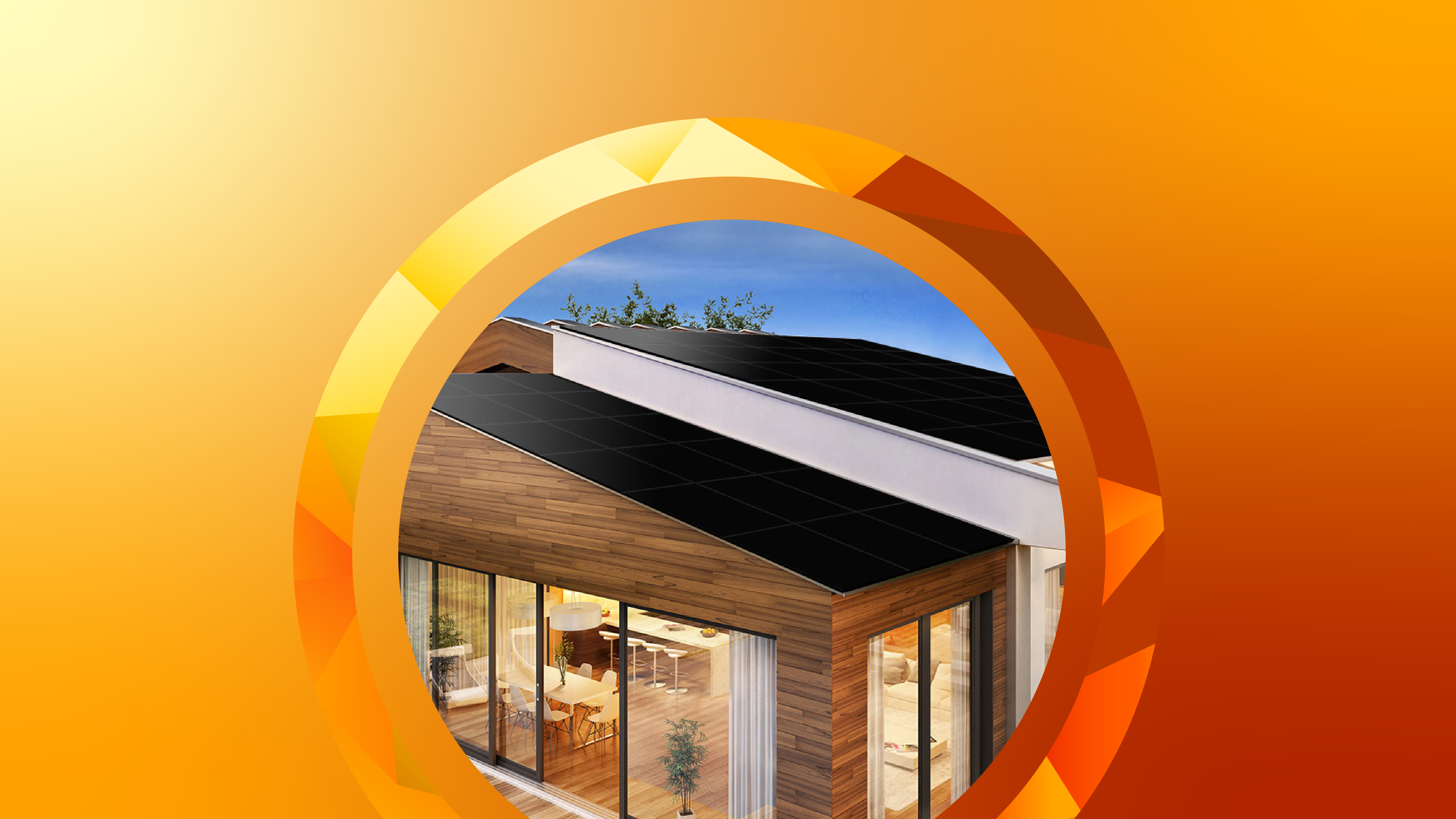America’s Homes Are Already Transforming Into Mini Power Plants
Homes equipped with solar panels are starting to sell their surplus electricity to local utilities.
Plus, EVs with bidirectional capability can keep the lights on through blackouts and power outages.
Throughout the sunniest hours of the day, a huge majority of solar homes produce more power than they consume. And in more than 40 states, their utility provider pays them for the excess power.
On an average day, 93 percent of the solar homes in our dataset export electricity to the grid.
That’s why a solar home’s consumption of grid electricity effectively goes negative for several hours in the middle of the day.
Solar homes tend to send the most power back to the grid around noon (corresponding with the bottom of the orange “U”). The size of their contribution is nothing to sneeze at.
Between 11 a.m. and 1 p.m. on a typical day, a solar home produces enough electricity to fuel both itself and an entire non-solar home during those hours.

